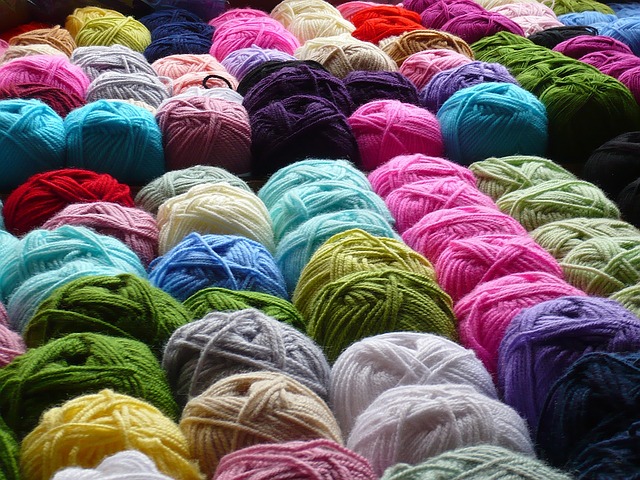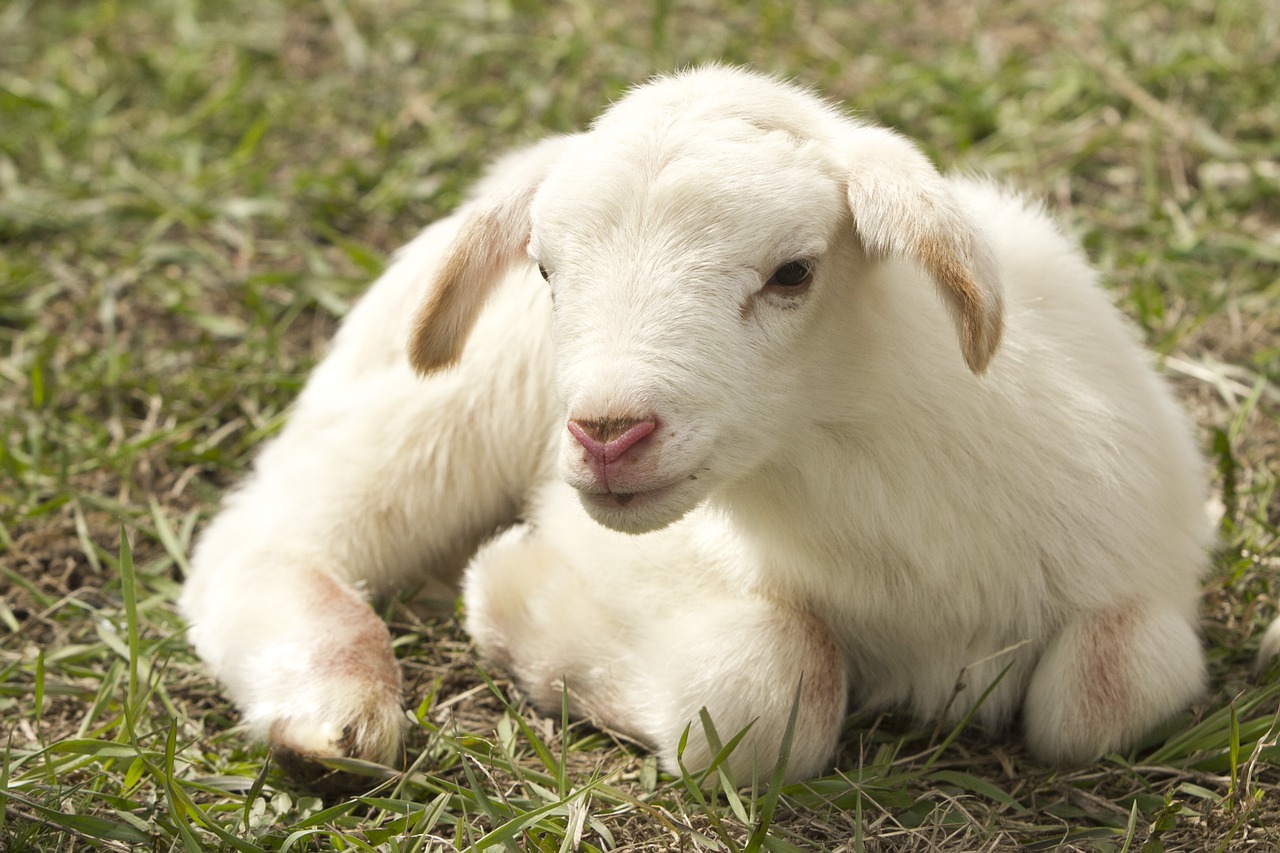Take a trip to your local big box craft store, or even a smaller, independently-owned LYS (local yarn shop), and you will find that there is an unbelievably wide range of yarns to choose from. It can be overwhelming! Color, thickness (also called “weight” in yarn lingo), and fiber type are all choices the crafter will need to make before purchasing yarn for their particular project. If a crafter has a pattern picked out, the pattern designer has most likely suggested a specific weight of thread so that the item turns out to be the size and shape intended. But the particular fiber type used is almost always up to the crafter. So, let’s dig into the different fiber types, the pros and cons, and how to choose which is right for you!
What do I even mean by fiber type? Well, I mean – what was the yarn before it was…yarn? The spun yarn is from either natural or synthetic materials. Natural materials include those derived from plants, such as cotton or bamboo, or those derived from animals, such as wool, alpaca, or silk. Synthetic materials, such as acrylic, are made from “synthetic polymers” in a lab and are produced with the use of chemicals. They mimic the texture and feel of natural fibers, but they are not found in nature.
So now that you have a basic overview of the difference between synthetic and natural fibers let’s talk about the pros and cons of using each!

I’ll start with the two significant benefits of synthetic materials.
Less Expensive
Synthetic materials are far and away less expensive than natural fibers. For novice crafters just starting out with a knitting or crocheting hobby, you may want to experiment with synthetic fibers first because they are less of a financial investment. If you mess up your first knitted scarf (which is very common), you may be less disappointed if you didn’t break the bank on that ball of yarn you got at Michael’s. (The counter-argument to that is that you may be more invested in making your project look good if you buy a beautiful, high-quality natural yarn…but I digress!).
Washable and Durable
Most synthetic fibers are machine washable (and some are even machine dryable!). This is a huge perk if you’re making an item for, say, a messy toddler. Does Sally spill juice on her acrylic hand-knit sweater? No problem – toss it in the wash, and it will probably look good as new!
***
So what are the negatives of synthetic fibers? Let’s talk about that for a minute…
Environmental Impact
It’s possible to find a negative environmental impact for most fibers produced in mass quantities (pesticides used on cotton plants, chemicals used to convert bamboo to fiber). However, synthetic fibers have some huge negatives in this category in addition to the chemicals used in their production.
Acrylic yarn sheds when washed, like most fibers, but the difference is that what acrylic fiber drops is not biodegradable and has the potential to pollute our waterways. Microfibers are tiny particles of plastic (remember – acrylic is plastic!) that are so small that they can’t be caught by your washing machine filter, or filtered out in our sewer system, and most of these fibers end up in the ocean. These fibers are polluting our waterways and ending up in the bellies of fish (and that means they end up in our bellies too!). Many environmental scientists and environmentally-conscious retailers are looking into ways to reduce the number of microfibers that get into our waterways, but until a solution is discovered, when you wash that acrylic yarn it’s pretty likely you’re polluting the ocean.
Doesn’t Fell or Look as Nice
OK, so this next one is a personal preference, and not everyone will agree with me. As an experienced knitter of over ten years, I very much prefer the feel of natural fibers and find synthetics to feel less soft and almost “squeaky.” I have become a yarn snob over the years! To me, there is a reason why natural fibers are more expensive – it’s because they are higher quality, more luxurious, softer, warmer, and more beautiful. Gosh, can you tell I prefer natural fibers, or what!?
***
So let’s focus on those natural fibers now. You’ve already heard some of the pros of these in the list above (feel and look beautiful, do not pollute the ocean, less dangerous chemicals in production for small-scale production and organic fibers), so what are the negatives?
Animal Welfare
Wool is one of the most popular natural fibers used in knitting and crocheting and has been used for thousands of year (at least!). Wool comes from sheep, and the animal does not have to be killed to remove the wool. The sheep are shorn typically in the spring, before the heat of summer.

You may be thinking – well this doesn’t sound bad for the sheep? What could be the problem? Unfortunately, some controversial practices take place in the care of sheep, one of which is called mulesing. Mulesing is the surgical removal, often without anesthetic, of the skin around a sheep’s buttocks. This skin and the wool there can sometimes attract flies and lead to a disease called flystrike. It is debated as to which is more painful and uncomfortable for the animal – mulesing or flystrike – and whether there are less cruel methods of prevention. There is more information from both all points of view on this topic if you’re interested in looking into it more.
Also, when wool is a commodity, more is always better! Mass production can lead to harmful conditions for the animals. Tight quarters, fast and painful shearing practices, and more. The way around this issue is to buy wool from small, independent farmers, or larger producers who pledge to consider animal welfare.
***
I hope I’ve given you a good overview of the difference between synthetic and natural fibers and the pros and cons to each. Whatever you decide, I wish you well in your knitting or crocheting adventure!


Oh wow; I didn’t realize there was much difference between yarns. This is some pretty interesting info; thanks!